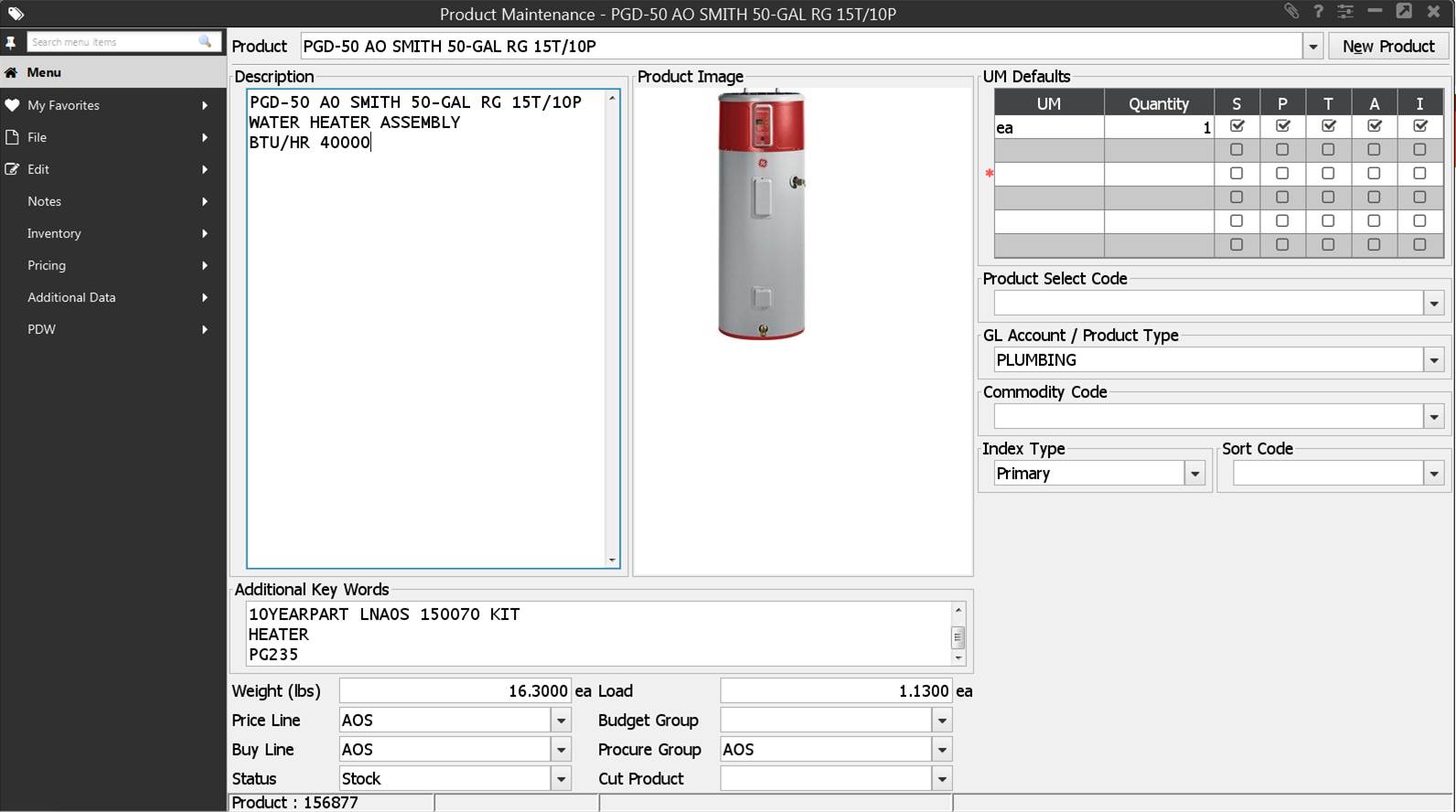
This way Eclipse is able to steer vibrations out of the structure and keep the cabinet as quiet as possible.Įverything Eclipse has done with the TD307 MK3, just as with every other loudspeaker it’s made, is in an effort to reproduce the time domain as accurately as possible – that’s what ‘TD’ in the model number stands for. Instead it’s connected to an internal five-point stay with a high-mass anchor connecting it to the stand. Well, this is unusual for most loudspeakers – it’s standard practice for Eclipse.
#Eclipse for mac review driver#
Unusually, the driver isn’t attached to the speaker cabinet at any point. And a single driver also means there’s no requirement to try and balance frequency integration as there is with multi-driver designs. A single driver means no need for a crossover – so the opportunity for the crossover network to create distortion and squash dynamic response is removed. There’s a 20 percent increase in magnetic force over the MK2, which should – in theory, at least – allow for greater sound-pressure levels and reduced distortion. Which in simple terms means the MK3 should produce a suggestion of bass, rather than completely ignoring bass like the old model did.Įclipse likes to use a single driver to cover the whole frequency range – in this instance, it’s a 65mm fibreglass cone backed up by a relatively beefy magnet system. The internal volume of the cabinet is 200cc greater than previously, which means they now have a frequency response down to 80Hz rather than the 100Hz of their predecessors.

FeaturesĪlthough they’re small, the TD307 MK3 are actually a little bigger than the speakers they replace. And not only because their sensitivity rating and relative lack of power-handling ability means they’ll never be especially loud.

As such, it’s ideal for use on a desktop (as long as you’ve room for the amplification the speakers need to drive them too, of course) – and, as the ‘sound quality’ section of this review will make plain, these speakers are more at home keeping you company while you work than in any other circumstances. And the base of the stand incorporates a little cable-management to help keep your desktop tidy(ish).Īs the measurements make plain, this is just as compact a loudspeaker as it looks. The egg-shaped cabinet, available in glossy black or glossy white, has an integrated stand on which its position can be adjusted, and features a single driver staring balefully out from the front.Īround there back there are speaker binding posts – these are improved over the outgoing TD307 MK3 inasmuch as they can be used with either banana plugs or bare wire. In a world of boxes with parallel lines and some acoustic cloth over the front, the TD307 MK3 – just like all the other products in the Eclipse catalogue – looks refreshing/unusual/bonkers (delete as applicable). Only Eclipse builds loudspeakers that look like this. But, as we all know, price is not always an indication of performance… Design When you consider the likes of Ruark (with its MR1 MK2) can offer you an all-in-one desktop system for comfortably less than £400, the passive TD307 MK3 speakers don’t look like any kind of bargain. In the United States that means $390/$780 and AU$525/AU$1050 in Australia.

Pricing for a single speaker is useful if you intend to build, say, a multichannel system – but I’m testing in stereo, primarily for desktop use, so let’s say you’re looking at £600. The Eclipse TD307 MK3 is on sale and in the United Kingdom it costs £300 for a single speaker.


 0 kommentar(er)
0 kommentar(er)
